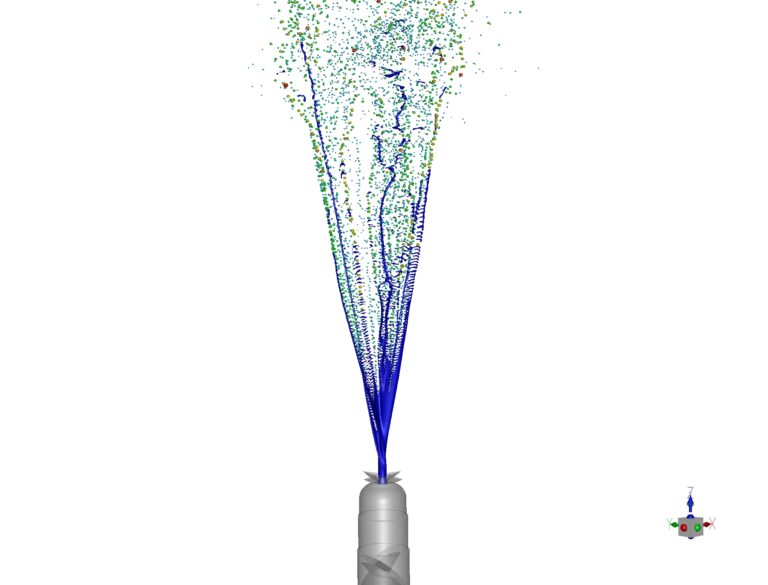Context
CFD tools can be used to improve the effectiveness of treatment for certain diseases and pathologies. One example is nasal cleansing.
This technique is a major ally in the treatment of nasal and sinus diseases. Nasal cleansing also eliminates secretions and airborne particles that may be deposited on the mucous membranes, whether they have an irritant, allergenic or virological action.
At present, several irrigation techniques are used, such as gravity irrigation, manual irrigation or continuous spray irrigation, without knowing either the characteristics of the water flow during irrigation for each of these methods, or the mechanical washing action of the water on the mucous membranes.
The use of 3D CFD numerical simulation enables us to visualize these flows in the nasal cavities and sinuses, and to establish fields of velocity, pressure, shear stress on the nasal walls, etc. The results enable us to determine which method is best suited to dislodging the residues and particles from the sinuses and airways responsible, for example, for rhino-sinusitis.



